Deosai "The Land of Giants"
'Deosai' (Urdu: دیوسای٘) means 'the land of Giants'. I first came across the name "Land of the Giant" in a blog post. It had never occurred to me before that Deosai could have anything to do with a deo (giant). I decided to embark on a trip hoping to spot the giant(s) that inhabit this beautiful plateau.
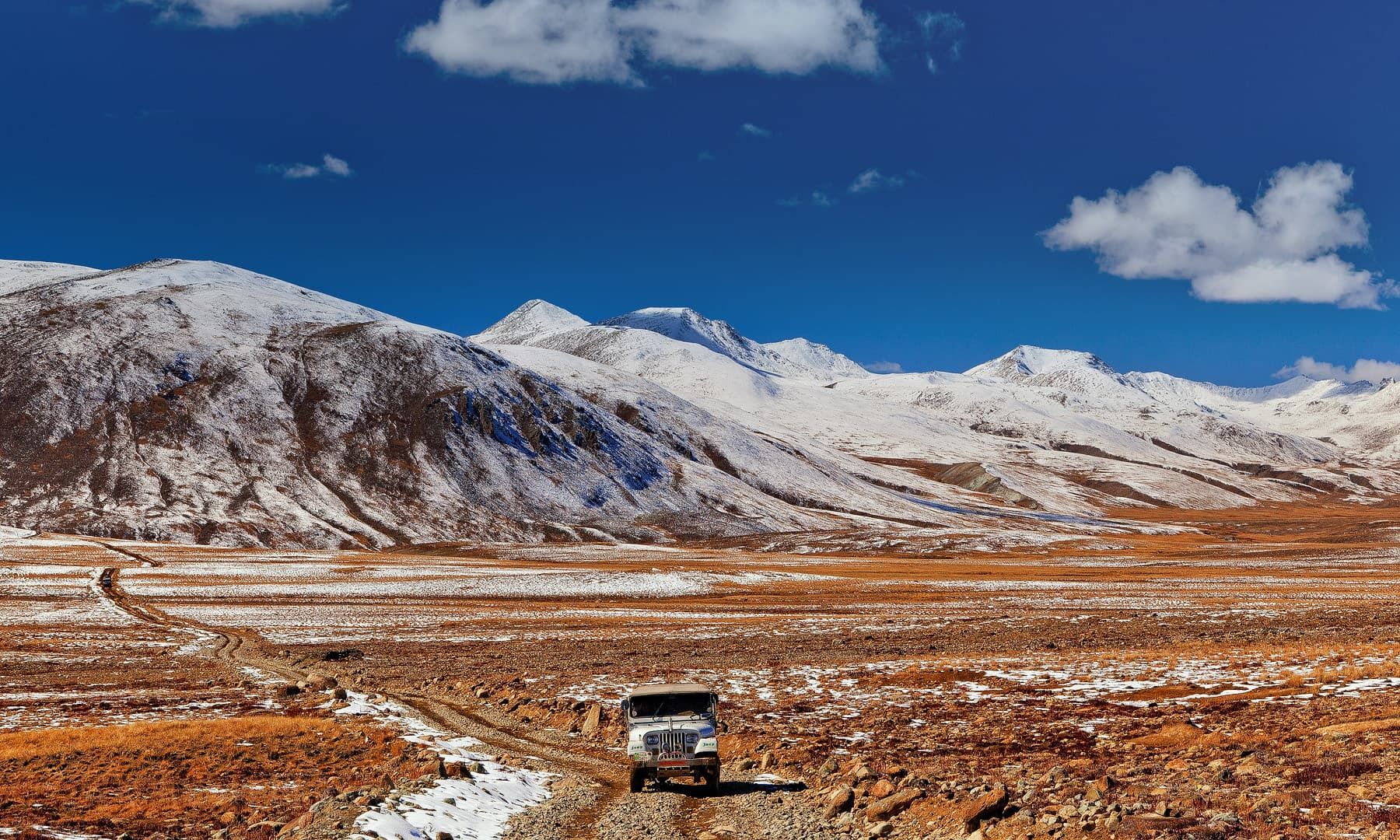
Deosai National Park is located between kharmang, Astore and Skardu in Gilgit Baltistan. It has an average elevation of 4,114 metres (13,497 ft) above sea level, making the Deosai Plains one of the highest plateaus in the world. The park protects an area of 3,000 square kilometres (1,200 sq mi). It is well known for its rich flora and fauna of the Karakoram-West Tibetan Plateau alpine steppe eco region. In spring, it is covered by sweeps of wildflowers and a wide variety of butterflies.
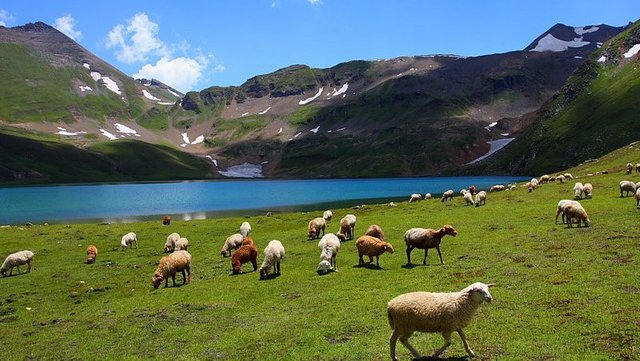
My backpack — replete with a tent, sleeping bag, some food and gear — was a backbreaking 20 + kilos. Since I intended to trek out of Deosai to Chilam, economising on weight was imperative.
Stocked with six omelette-paratha rolls I hoped they would be enough to last me for my two-day camping trip in Deosai.
I was glad I didn't need to carry any water as Deosai has ample fresh water springs
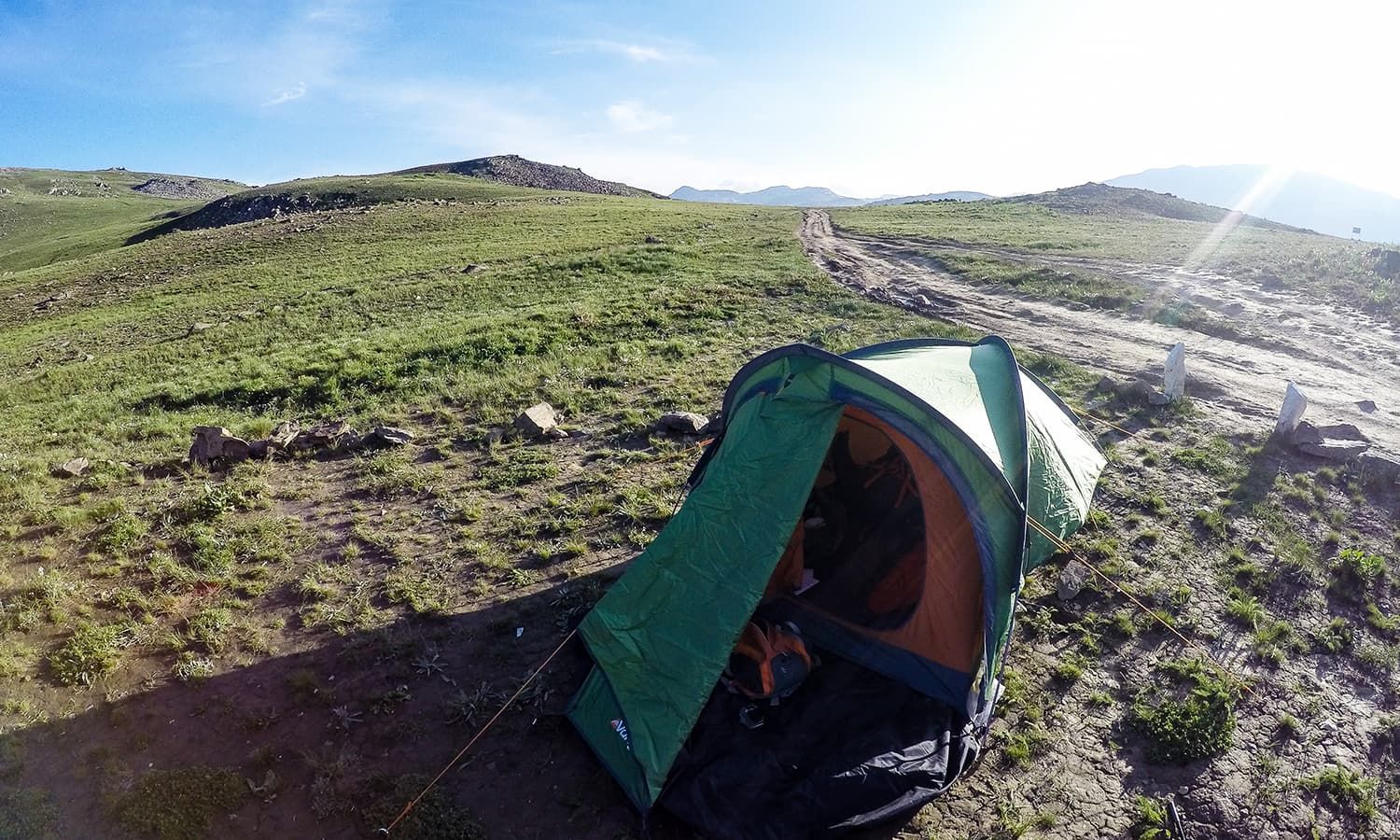
Deosai is second highest plateau after Chang Thang Plateau Tibet.
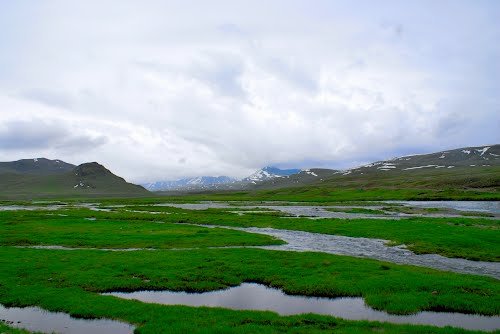
Deosai is accessible from Skardu District in the north, Galtari Kharmang District in the south-east, and the Astore District in the west. Deosai is located approximately 30 km from Skardu city and it is the shortest route to visit Deosai. Most foreigners visit Deosai via Skardu. It takes 1 hour to reach Deosai top via Sadpara Skardu. Another route is from Astore valley via Chilim. It is also accessible from Shila valley. The people of Galtari travel via Deosai.
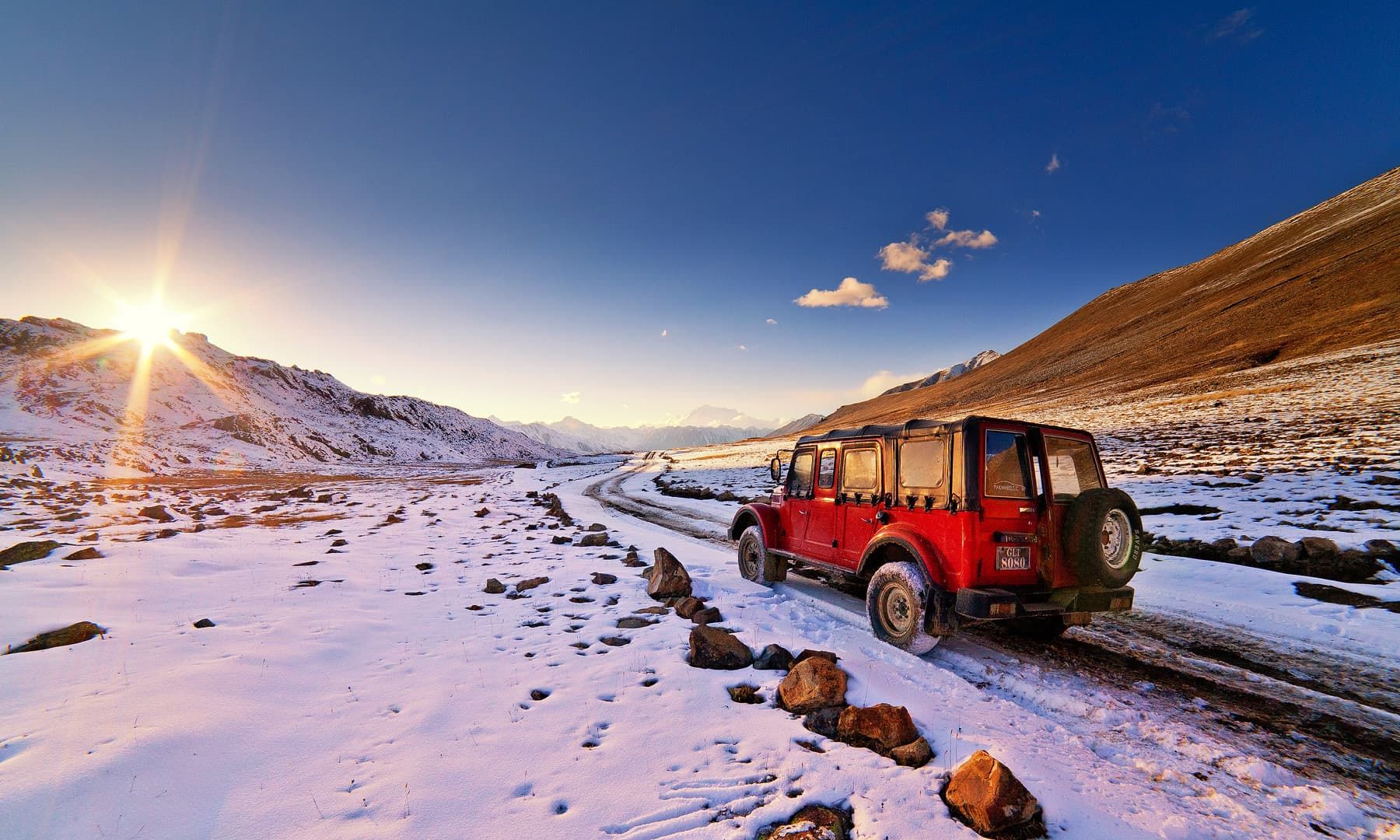
The Deosai National Park was established in 1993 to protect the survival of the Himalayan brown bear and its habitat. Having long been a prize kill for poachers and hunters, the bear now has a hope for survival in Deosai where its number has increased from only 19 in 1993 to 40 in 2005. During the last decade, a few but effective measures have been taken by the Government of Pakistan for the survival of brown bear in the region. In 1993, Himalayan Wildlife Project was founded with a substantial financial support from international environmental concerns. But the brown bear is still under threat. The Deosai Plains are also home to the Himalayan ibex, red fox, golden marmot locally called Phia, gray wolf, the Ladakh urial, the snow leopard, and over 124 resident and migratory birds. Birds in the park include the golden eagle, lammergeier, griffon vulture, laggar falcon, peregrine falcon, kestrel, sparrowhawk and snowcock.
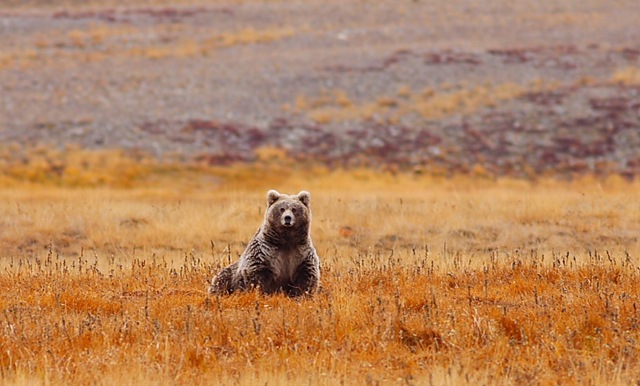
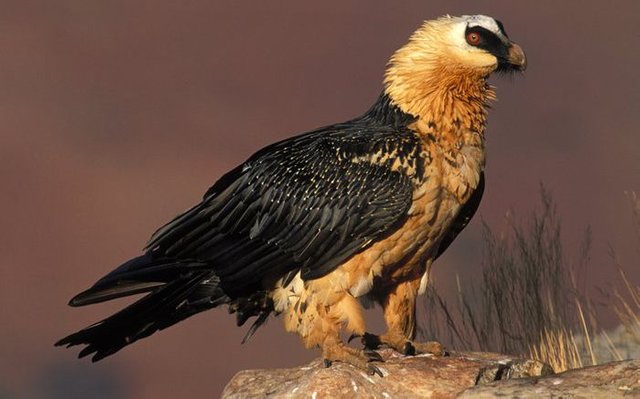
The trip from Skardu to the entrance of the Deosai National Park took about 1.5 hours.
Satpara Lake — on the way from Skardu to Deosai National Park.
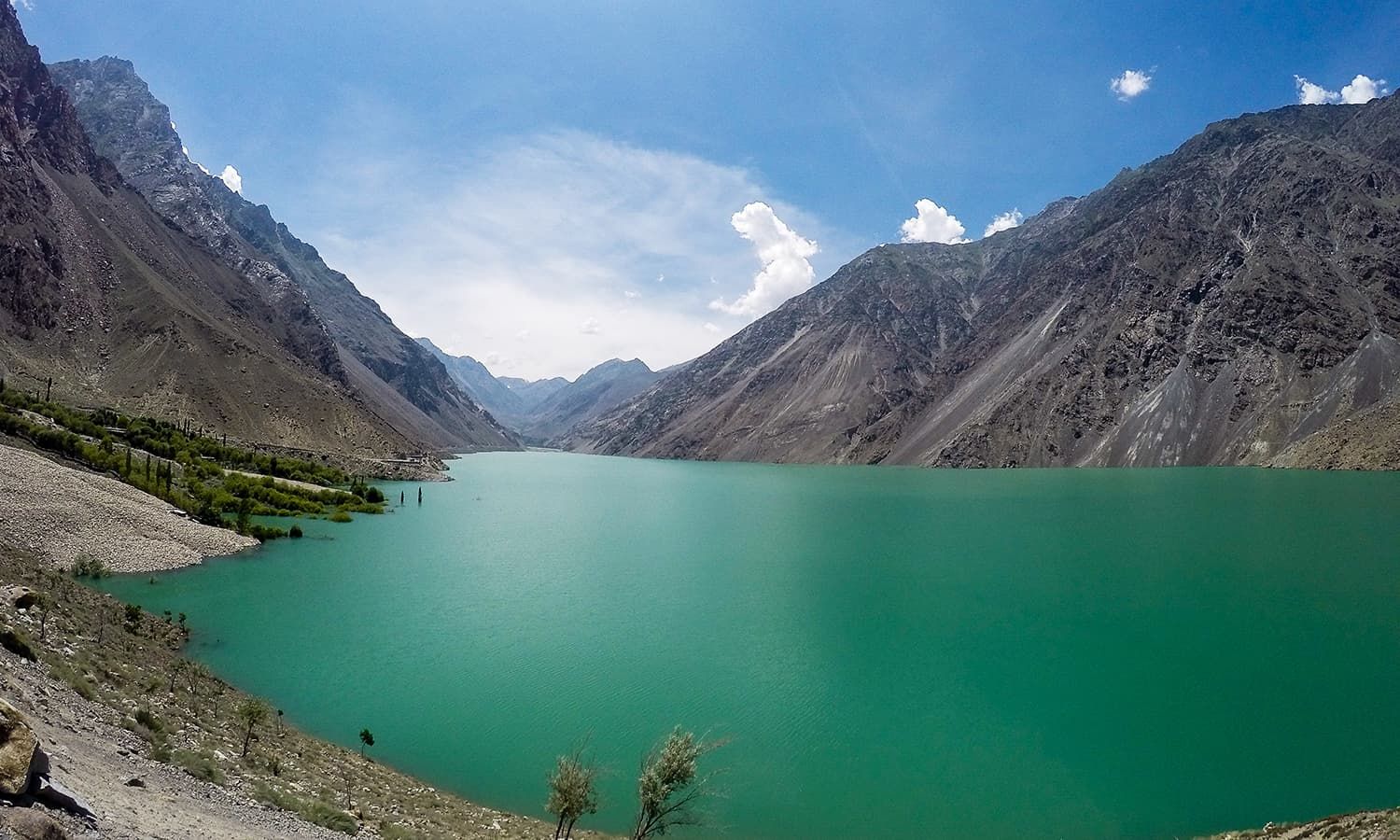
The doorway into the land of the giant belied the beauty that would be sitting atop, higher than the slopes we were to climb. The jeep grunted and groaned as it clambered up the narrow and winding track, wedged between the mountains, following the course of the river that raged below.
Once atop, the narrow track opened up into a endless expanse of beautiful unhindered green plains, peppered with purple, yellow, blue and white flowers.
Fast flowing streams cut across the landscape — my vision only hindered by beautiful snow-laden mountains in the backdrop.

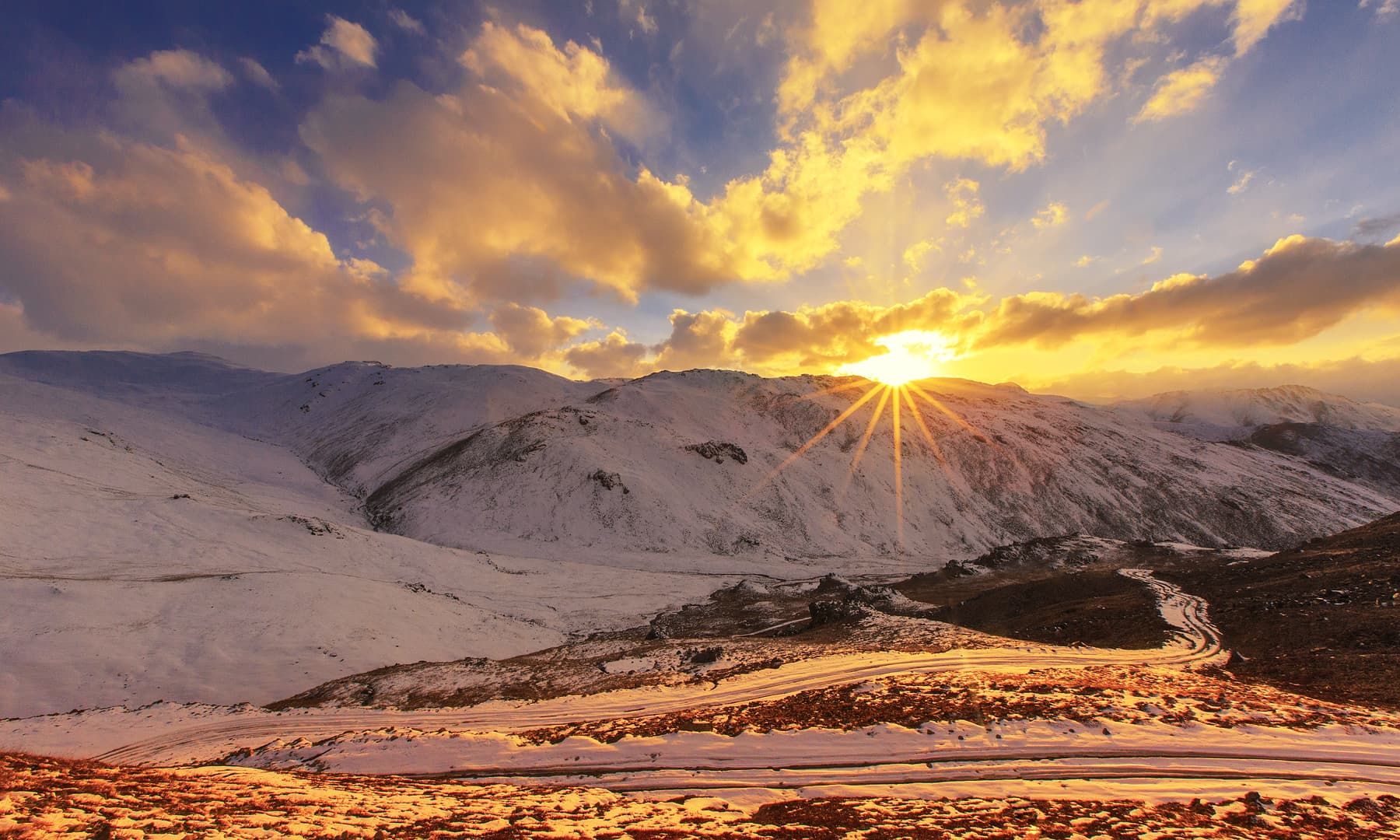
An hour later, we reached Bara Pani where there is a Wildlife Project encampment. This was one of the places I had in mind to set camp for the night, but it meant that I would have a very long and arduous trek the next day to reach Chilam.
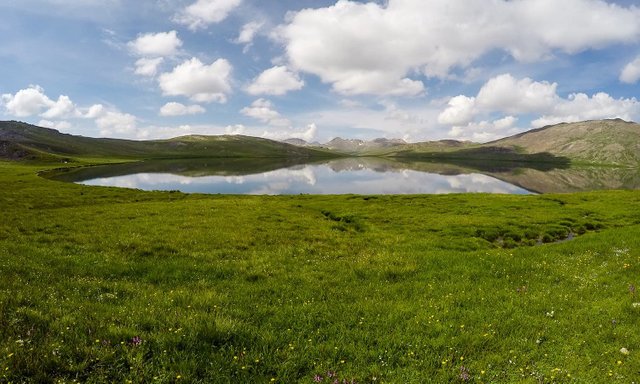
One of the wildlife officials suggested I continue all the way up to Sheosar Lake close to where there was also a bear sanctuary.
Could the elusive deo or deos (if there were more than one) of Deosai be a Himalayan "brown bear", I wondered.
By the time I reached Sheosar lake, it was 4pm. As the sun began to set, the few local tourists I had seen earlier slowly disappeared.
I quickly ditched the idea of pitching my solo tent by the lake, as the thought of a brown bear ripping it apart was too horrifying.

Seeing a khokha owner's tent pitched a few hundred metres away from the lake, I decided to pitch mine there too. The khoka owner Aslam showed me a white flour trail at the back of his mess-tent that led up the hill.
The culprit, he was positive, could only have been a brown bear with enough strength to move the rocks lining the base of his tent.
He wasn’t taking any chances with his supplies tonight and decided to sleep in the mess tent — the theory being if a bear smelled a human inside, it would go away.
I wasn’t sold on the wisdom of his theory, considering the countless people who have been mauled by brown bears elsewhere in the world. Having recently watched "The Revenant", I was convinced he had got it all wrong.
At night, the stars had the sky completely alit, while the moonlight illuminated the distant white mountain tops.
After taking a stroll around the lake, I settled into my sleeping bag, hoping to wake up just before sunrise, and go searching for the brown bear if it hadn't already found me by then.
Following an hour of sleep, I woke up shivering. The temperature had hit sub-zero and my sleeping bag with an extreme rating of -7°C was proving inadequate.
A slight headache, symptomatic of altitude sickness, which usually hits the hardest at night, had crept in too. I jumped into my base layer, fleece and woollen socks and snuck back into my sleeping bag, only to wake up minutes later to the sound of something ruffling outside my tent.
The first thought that struck me had my senses fully heightened. Could it be the bear that had ransacked Aslam's mess-tent last night?
I wasn’t taking any chances. The vision of a bear paw tearing through my tent, lunging for my paratha rolls and attacking my limbs was enough for me to grab my jacket, torch and jump into my boots.
Sensing the direction from where the sounds were coming, I opened the tent's zip on the opposite side, switched on my torch and jumped out.
Just horsing around, he ruined my sleep at night.
Despite flashing the light frantically in all directions, I couldn’t spot any thing. Just as I was about to head back to the tent, I noticed a horse grazing at a few metres' distance.
Feeling relieved and disappointed at the same time, I shooed him away and meekly made my way back in.
Repeating the same episode twice that night around 2am and 4am, I gave up on the idea of sleep.
An early-morning view of Sheosar Lake
The sky was already turning crimson, the sun eager to pierce the early-morning sky with its rays. I looked at my map and decided to trek over to the summit of a peak, overlooking what is marked as a bear sanctuary.
Its visibility was good enough to spot a bear from a few hundred metres away, giving me enough of a headstart in case I had to make a run for my life.
The trek to the summit took longer than I had expected; the clear air and unending expanse of green had deceived me into thinking it was closer than it really was. By then, the sun had already burst through the sky.
With the temperature shooting up quickly, my hopes of spotting a deo, that I thought to be the brown bear, was dwindling, but at last i spotted a deo (brown Bear) and took his pic successfully.

Feeling inadequately equipped to spend another night on my own and running low on food, I decided to break camp and trek to Chilam.

The environment is everything that isn't me.
- Albert Einstein
vote for me please :)